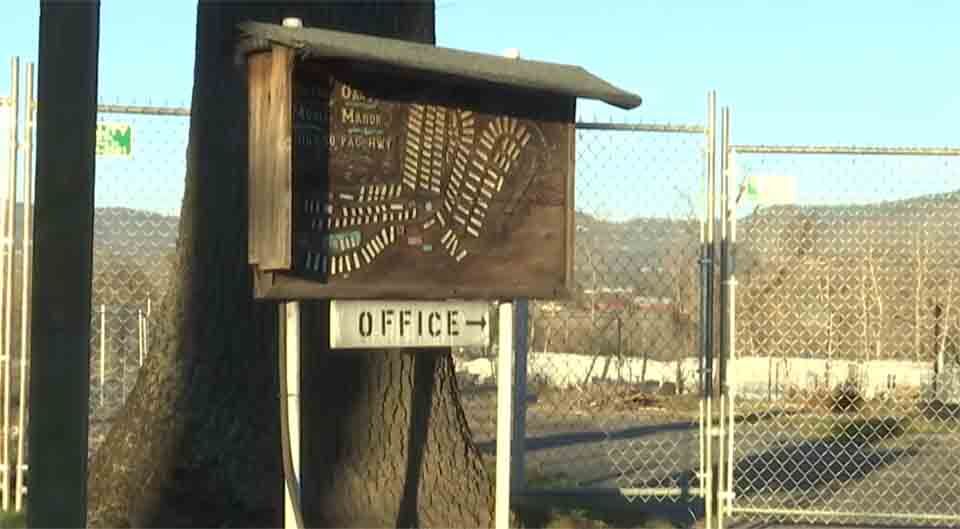Southern Oregon Defective Homes For Wildfire Survivors To Be Replaced, Not Rebuilt

UPDATE: Oregon Mobile Manor Will Rise Like Phoenix from the Ashes
JACKSON COUNTY, Ore. — After the wildfires, the Oregon Housing and Community Services (OHCS) built modular homes for 118 families, but the replacement homes were subsequently found to be defective. Instead of renovating these, OHCS indicated that the defective units would all be replaced, not rebuilt. The cost has not been divulged.
Modular Homes Deemed Inhabitable
The state purchased 140 modular homes at a cost of around $26 million about three years ago. Earmarked mainly for homes destroyed in the 2020 Almeda Fire at Royal Oaks Mobile Manor in Phoenix, the project broke ground in November 2022. Units for 118 families were planned with homes lost in the fire being prioritized.
Waiting for permanent housing, some fire victims have lived in transitional housing for over three years. The houses that looked like they could be ready by summer 2023 will now be replaced due to defects that make them uninhabitable.
Families were told that the project was delayed because the homes were unfit to live in. Defects found included leaking water, mold, and code issues but there are unresolved questions about why the homes had defects.
Project To Replace Homes Ongoing
Funding to replace all the homes is coming from OHCS according to their spokesperson. They also indicated that the purchase of the new units will be managed by the Housing Authority of Jackson County. OHCS doesn’t have a timeline for when families will be able to move into the new units yet, and the specific source of the funding remains unknown.
In a joint statement released on Wednesday, OHCS and the Housing Authority of Jackson County said they have been working hard to find a solution to meet all the shared commitments on the Royal Oaks project. Their goal is to deliver healthy and safe homes to residents.
In the last community update, OHCS was still busy developing plans to rebuild or rehabilitate the homes, based on advice from their consultants and informed by industry-standard best practices. Local partners were brought in to review their planned approach, who felt this wouldn’t set the project up for long-term success or completely reassure community members.
The move to replace the units and away from rebuilding or rehabilitating must still be approved by the boards of the various organizations. OHCS hopes to receive this approval within the next 45-60 days.

What will be done with the defective units?